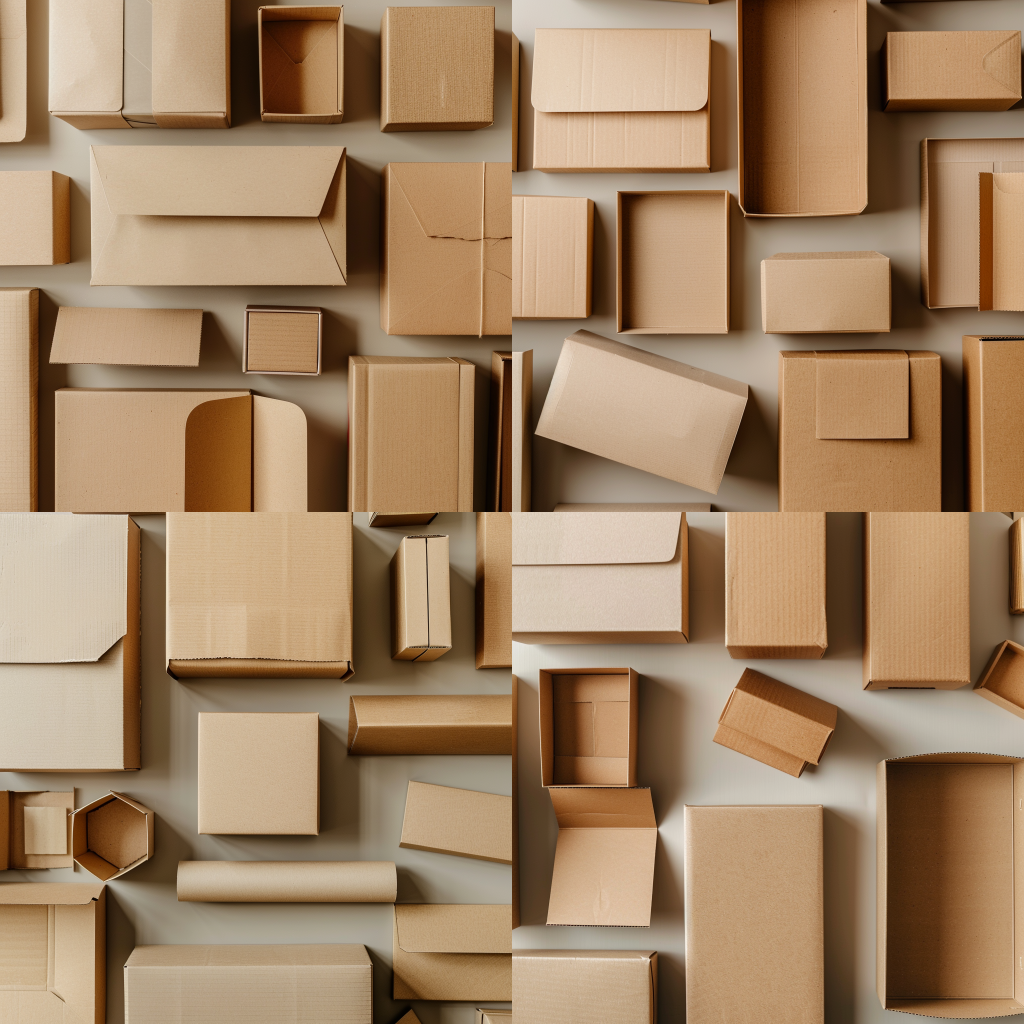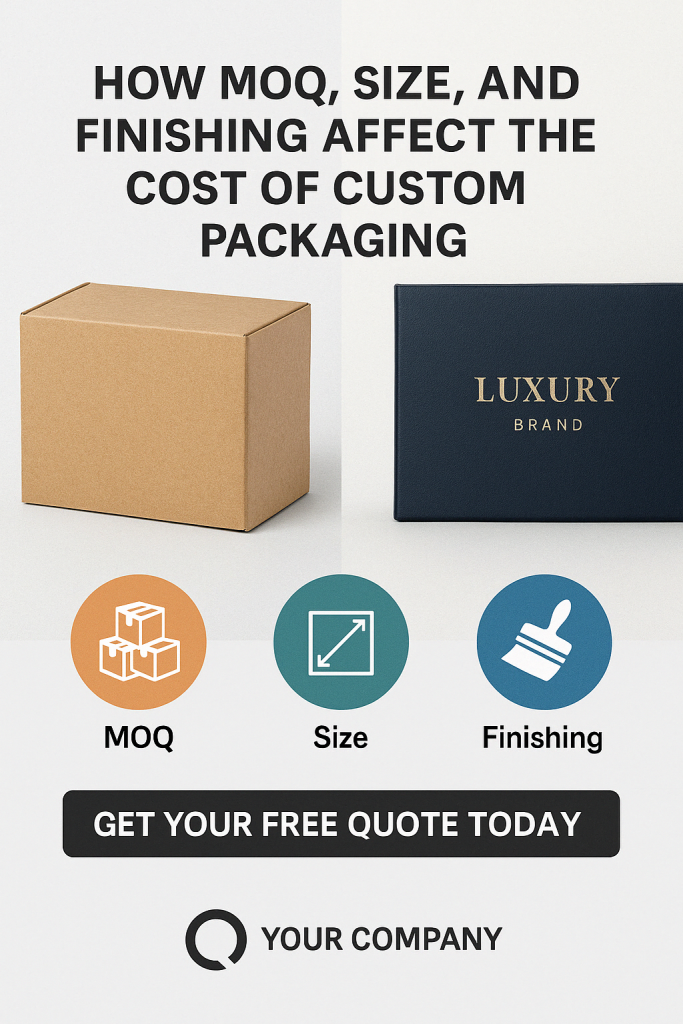In today’s fast-paced and highly competitive market, the packaging of products plays a crucial role in the success of a business. Packaging is not just about wrapping a product in a box; it is an essential element that affects branding, customer experience, and the safety of the product itself. Among the various packaging materials available, paper packaging has gained significant traction due to its versatility, sustainability, and effectiveness. This article delves into the importance of quality paper packaging and how it can protect your products, enhance your brand image, and ultimately drive business growth.
The Role of Packaging in Product Protection
The primary function of packaging is to protect the product from damage during transportation, storage, and handling. Quality paper packaging serves as a barrier against physical, chemical, and environmental factors that could potentially harm the product. Here’s how paper packaging accomplishes this:
- Physical Protection: Quality paper packaging provides cushioning and support, reducing the risk of physical damage such as crushing, breaking, or bending. For instance, corrugated cardboard, with its fluted inner layer, offers excellent strength and durability, making it ideal for fragile items.
- Environmental Protection: Paper packaging can protect products from environmental factors such as moisture, light, and temperature changes. With appropriate coatings and treatments, paper packaging can be made resistant to water and grease, ensuring that the product remains in pristine condition.
- Chemical Protection: Some products, especially food items, require protection from chemical contaminants. Paper packaging can be designed with barrier properties to prevent contamination, ensuring that the product remains safe and uncontaminated.
Enhancing Brand Image with Paper Packaging
Beyond protection, packaging is a powerful tool for branding and marketing. Quality paper packaging can significantly enhance your brand image and create a memorable customer experience. Here are some ways it can achieve this:
- Aesthetic Appeal: Paper packaging offers a blank canvas for creative designs, allowing brands to showcase their identity through colors, logos, and graphics. High-quality printing on paper packaging can make products stand out on the shelves and attract customers’ attention.
- Eco-Friendly Appeal: In an era where consumers are increasingly conscious of environmental issues, sustainable packaging is a significant selling point. Paper is biodegradable, recyclable, and sourced from renewable resources, making it an eco-friendly packaging choice. Brands that use paper packaging can appeal to environmentally conscious consumers and demonstrate their commitment to sustainability.
- Tactile Experience: The texture and feel of packaging can influence customers’ perceptions of a product. Quality paper packaging provides a tactile experience that can convey a sense of luxury, quality, and attention to detail. This sensory aspect can enhance the overall unboxing experience and leave a lasting impression on customers.
- Customization and Personalization: Paper packaging can be easily customized to meet specific branding needs. Whether it’s unique shapes, sizes, or special finishes like embossing or foiling, paper packaging allows brands to create a distinct and personalized look that resonates with their target audience.
Driving Business Growth with Quality Paper Packaging
Investing in quality paper packaging can lead to several tangible benefits that drive business growth. Here are some key advantages:
- Customer Satisfaction and Loyalty: High-quality packaging enhances the overall customer experience. When customers receive a product in excellent condition and beautifully packaged, it fosters satisfaction and encourages repeat purchases. Satisfied customers are more likely to become loyal advocates for your brand, leading to increased word-of-mouth referrals and positive reviews.
- Reduced Returns and Complaints: Effective packaging minimizes the risk of product damage during transit, reducing the likelihood of returns and complaints. This not only saves costs associated with returns but also helps maintain a positive brand reputation.
- Increased Perceived Value: Premium packaging can elevate the perceived value of a product. When a product is presented in high-quality, aesthetically pleasing packaging, customers are more likely to perceive it as valuable and worth the price, which can justify higher price points and improve profit margins.
- Sustainable Business Practices: Embracing eco-friendly paper packaging aligns with sustainable business practices, which can attract a broader customer base. Many consumers are willing to pay a premium for products that are environmentally responsible, and sustainable packaging can be a key differentiator in a crowded market.
Types of Quality Paper Packaging
There are various types of paper packaging available, each with its unique benefits and applications. Here are some of the most popular types:
- Corrugated Cardboard: Known for its strength and durability, corrugated cardboard is widely used for shipping and transporting goods. It consists of a fluted corrugated sheet sandwiched between two flat linerboards, providing excellent cushioning and protection.
- Kraft Paper: Kraft paper is strong and versatile, commonly used for wrapping, bags, and boxes. It is made from chemical pulp produced in the kraft process, which gives it high tear resistance and durability.
- Paperboard: Also known as carton board, paperboard is thicker than regular paper and is used for packaging products such as cereal boxes, shoe boxes, and cosmetics. It offers good printing properties and can be easily cut and folded into various shapes.
- Molded Pulp: Made from recycled paper fibers, molded pulp packaging is eco-friendly and biodegradable. It is often used for packaging delicate items like eggs, electronics, and glassware due to its excellent shock absorption properties.
- Glassine Paper: Glassine paper is smooth, glossy, and resistant to air, water, and grease. It is often used for packaging food items, stamps, and other moisture-sensitive products.
Best Practices for Implementing Quality Paper Packaging
To maximize the benefits of quality paper packaging, it is essential to follow best practices that ensure effectiveness and efficiency. Here are some tips:
- Choose the Right Type of Paper Packaging: Select the type of paper packaging that best suits your product’s needs. Consider factors such as product size, weight, fragility, and environmental conditions to determine the most suitable packaging material.
- Invest in High-Quality Materials: Use high-quality paper materials to ensure durability and protection. Inferior materials can compromise the safety of your product and negatively impact your brand image.
- Optimize Design and Functionality: Design packaging that is both functional and aesthetically pleasing. Ensure that it provides adequate protection while also enhancing the unboxing experience for customers.
- Sustainability Considerations: Incorporate sustainable practices into your packaging strategy. Use recyclable and biodegradable materials, minimize excess packaging, and consider using eco-friendly inks and adhesives.
- Test and Iterate: Conduct thorough testing of your packaging to ensure it meets the required standards for protection and durability. Gather feedback from customers and make necessary improvements to continually enhance your packaging.
The Future of Paper Packaging
The future of paper packaging looks promising, driven by increasing consumer demand for sustainable and eco-friendly solutions. Innovations in paper packaging technology are expected to further enhance its protective properties, functionality, and environmental benefits. Here are some trends to watch:
- Smart Packaging: Integration of technology into paper packaging, such as QR codes, NFC tags, and augmented reality, can provide additional value to consumers. Smart packaging can offer interactive experiences, product information, and enhanced security features.
- Biodegradable Coatings: Advancements in biodegradable coatings can improve the barrier properties of paper packaging, making it more resistant to moisture and grease while maintaining its eco-friendly attributes.
- Recycled Content: Increasing the use of recycled paper fibers in packaging can reduce environmental impact and promote circular economy practices. Innovations in recycling processes will continue to enhance the quality and performance of recycled paper packaging.
- Lightweight Solutions: Developing lightweight paper packaging solutions that maintain strength and durability can reduce transportation costs and carbon emissions. Lightweight packaging also aligns with consumer preferences for convenience and ease of handling.
- Personalization and Customization: Advances in printing technology will enable more personalized and customized packaging solutions. Brands can leverage digital printing to create unique, limited-edition packaging designs that resonate with individual customers.
Conclusion
Quality paper packaging is a vital component of product protection, branding, and customer satisfaction. Its versatility, sustainability, and aesthetic appeal make it an ideal choice for businesses looking to enhance their packaging strategy. By investing in high-quality paper packaging, businesses can protect their products, build a strong brand image, and drive business growth. As consumer preferences continue to evolve, embracing innovative and eco-friendly packaging solutions will be crucial for staying competitive in the market. The future of paper packaging holds exciting possibilities, and businesses that prioritize quality and sustainability will be well-positioned for success.








